What Is Urban Sketching and Why Does It Matter?
Urban sketching is a creative gateway into the rhythm, architecture, and energy of city life. Whether you’re wandering narrow alleys or perched in a café, capturing urban moments in a sketchbook offers a unique way to engage with your surroundings. This guide will walk you through the essentials of urban sketching for beginners, helping you build confidence and find your own visual storytelling voice.
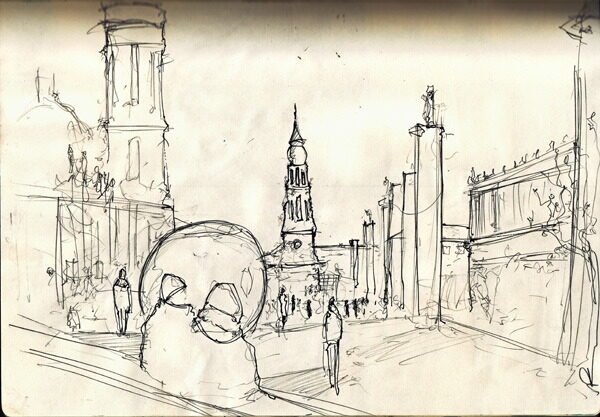
credit: JCLAMOND
Urban sketching is the practice of drawing on location, capturing real-life city scenes from direct observation. It’s more than art—it’s documentation.
- Reveals architectural personality
- Preserves fleeting human interactions
- Builds stronger observational skills
Cities pulse with detail, and your sketchbook becomes the canvas where those moments live permanently.
Essential Tools to Begin Urban Sketching
You don’t need expensive gear. Start with simple supplies that match your style and environment.
- Sketchbook: Choose one that’s portable with medium-weight paper
- Pencil or fineliner: For clean lines and basic structure
- Watercolors or markers: Add vitality and depth to urban scenes
- Portable stool or clipboard: Optional but helpful for longer sketch sessions
Mobility and comfort are key when sketching in public spaces, so pick tools that travel well.
Finding the Right Locations and Moments
City life is full of subjects—architecture, transit hubs, cafés, parks, storefronts, and street performers. When choosing where to sketch:
- Focus on places with movement and visual interest
- Look for strong contrast—light vs. shadow, old vs. modern
- Capture seasonal changes and cultural events
Sketching on location adds authenticity and can be done during short breaks or dedicated outings.
Observation Techniques for Beginners
Drawing what you see—not what you assume—is the foundation of urban sketching.
- Start with basic shapes: Break down buildings into rectangles and curves
- Notice scale: Use foreground, midground, and background cues
- Look for focal points: Does the eye land on a window, a person, or signage?
Developing visual awareness transforms ordinary scenes into compelling compositions.
Composing Your Sketch Like a Pro
Composition helps your sketch tell a story, even without color or fine detail.
- Framing: Use elements like trees or lampposts to frame the scene
- Perspective: Practice one-point and two-point perspective to add realism
- Negative space: Don’t overcrowd—empty areas guide the viewer’s eye
Sketches can be loose and expressive or tight and detailed—your style will evolve naturally with practice.
Urban Sketching Tips to Build Confidence
Sketching in public can feel intimidating at first. Here’s how to ease in:
- Begin in quiet spots or sketch from inside cafés or cars
- Use pencil first before committing ink or watercolor
- Set time limits: 10–15 minute sketches boost focus and spontaneity
Confidence grows as you capture more scenes—each sketch is progress, not perfection.
Adding Life With Color and Texture
Many urban sketchers introduce color sparingly to highlight key elements or mood.
- Use light washes to differentiate materials like brick, glass, or concrete
- Save bold hues for signage, clothing, or focal points
- Try layering: Pencil lines under paint or ink textures over washes
Textures like cobblestone, graffiti, and fabric enrich the urban atmosphere on your page.
The Role of Light and Shadow
Mastering light transforms flat sketches into dynamic compositions.
- Observe the sun’s direction and how shadows fall across surfaces
- Use contrast to make elements pop or recede
- Darken windows, under awnings, or behind objects to imply depth
Practice by sketching at different times of day to see how light reshapes the environment.
Developing Your Urban Sketching Style
Your style is shaped by what you notice, how you simplify, and how you express movement. To refine it:
- Try quick gesture sketches and slower studies
- Borrow techniques but remix them
- Let imperfections inform your voice
A unique style grows from repetition and exploration—not from copying others.
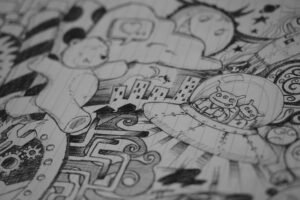
Sketchbooks.org | SKETCHBOOK KINDS
From Cartoons to Comics Sketchbooks Help Bring Characters to Life
Sketchbooks are the unsung heroes of character creation. Whether you're a cartoonist doodling quirky expressions or a comic artist building dramatic story arcs, sketchbooks serve as the foundation for visual storytelling. They’re where characters are...
Frequently Asked Questions
Is urban sketching suitable for beginners?
Absolutely—it’s one of the most accessible ways to start drawing, with no rules beyond observation and practice.
What kind of sketchbook should I use?
A small to medium-sized sketchbook with sturdy paper is ideal for portability and mixed media.
Do I need to ask permission to sketch people?
Not usually in public settings, but if you’re drawing close-ups or details, it’s considerate to ask.
How long should an urban sketch take?
Anywhere from 5 to 45 minutes, depending on complexity and how much detail you want to include.
Can I sketch digitally on location?
Yes—tablets and styluses are great urban sketching tools if you prefer digital mediums.
Is it okay to sketch from a photo?
It’s useful for practice, but drawing from life adds spontaneity and environmental context.
What if I feel nervous sketching in public?
Start in less crowded areas, sketch quickly, or wear headphones to stay focused and relaxed.
Should I use pencil first?
Yes—starting with pencil allows adjustment before inking or adding color.
How do I improve perspective drawing?
Practice drawing streets and building edges using vanishing points and horizon lines to build accuracy.
Final Thoughts
Urban sketching for beginners is about immersion, creativity, and growth. Through direct observation, you train your eye to appreciate subtle details and transform them into meaningful marks. With each sketch, you capture more than architecture—you record the pulse of the city, the character of its people, and the poetry of its everyday rhythm. Keep your sketchbook close, your curiosity open, and your lines flowing. The city is waiting to be drawn.
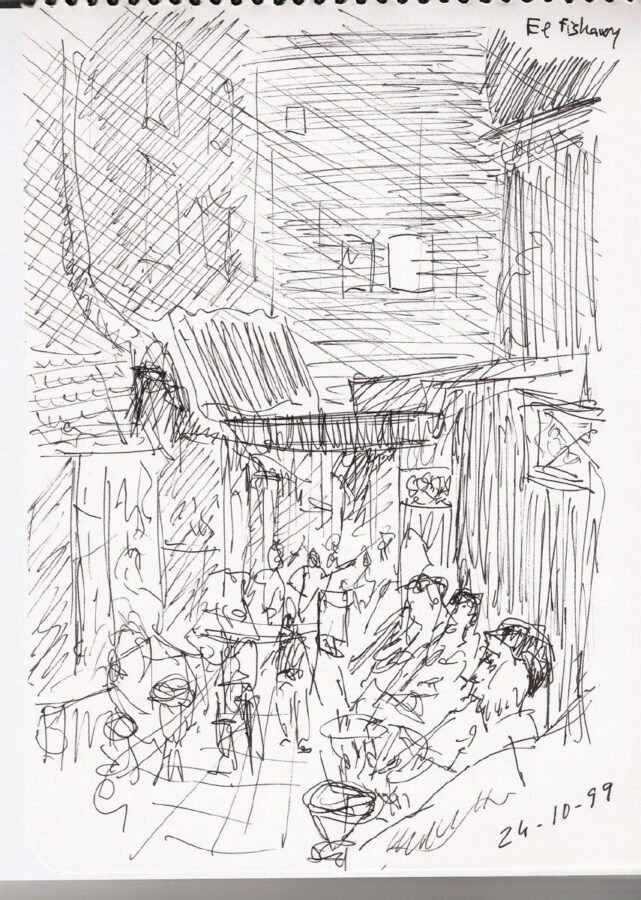
credit: SANTIAGORIOS
Ready to Share Your Work?
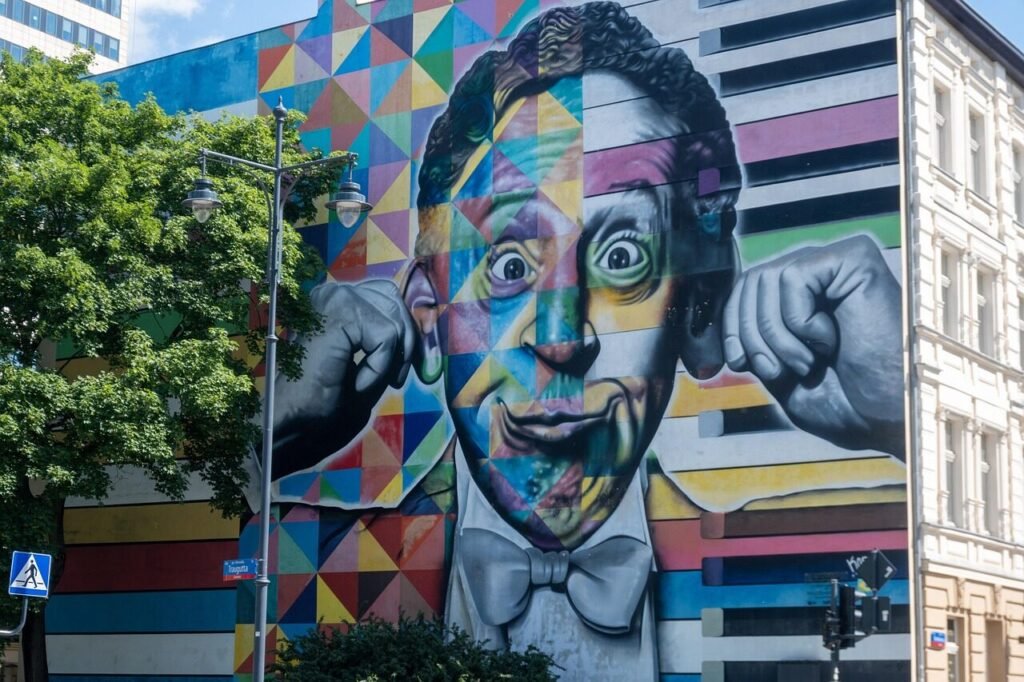
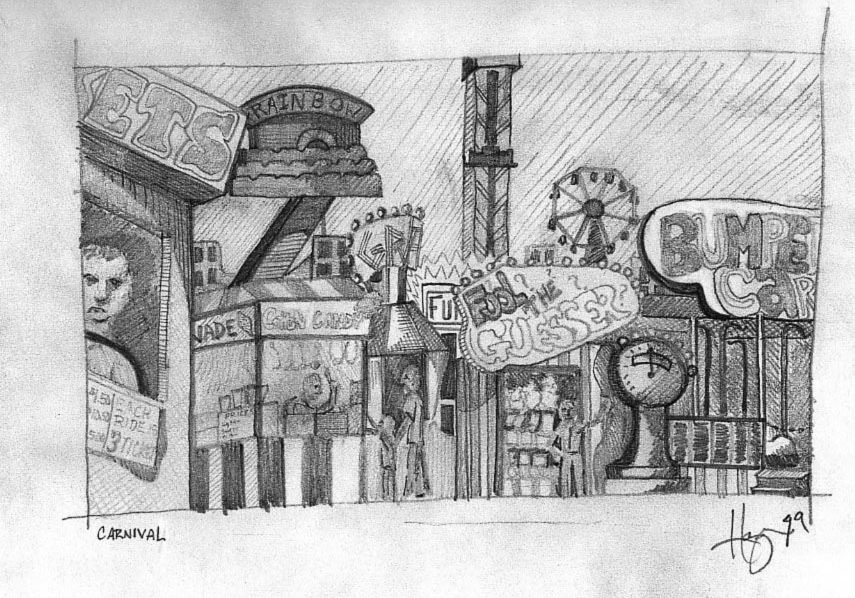
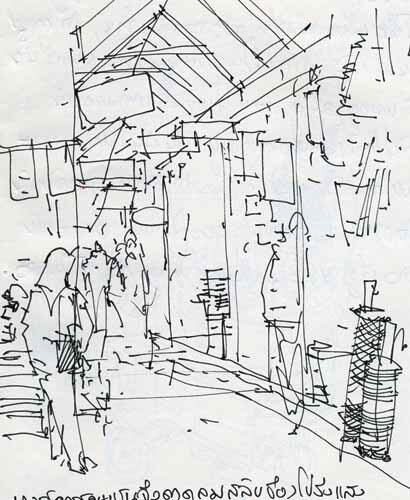
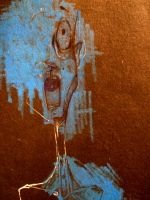

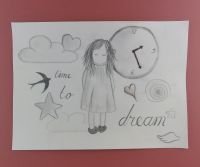

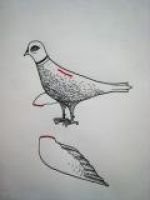

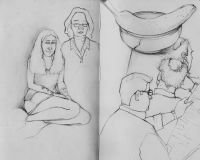
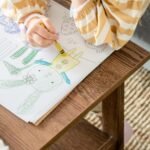


Brilliant write-up—makes me want to grab my kit and head straight to the market square. I’ve always loved how urban sketching captures a city’s soul.
This was a lovely read! I usually sketch around Shoreditch, and you’ve reminded me to embrace imperfection more—it’s all part of the charm.
I sketch during my morning commute in Vancouver and your tips about quick gestures are bang on. It’s helped me loosen up a lot.